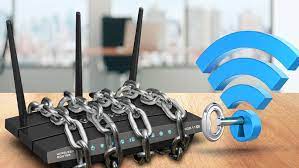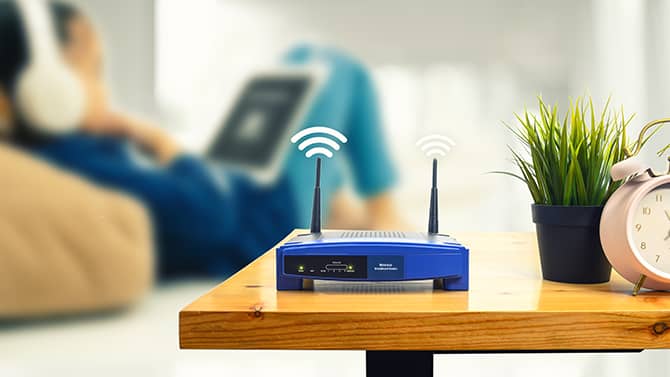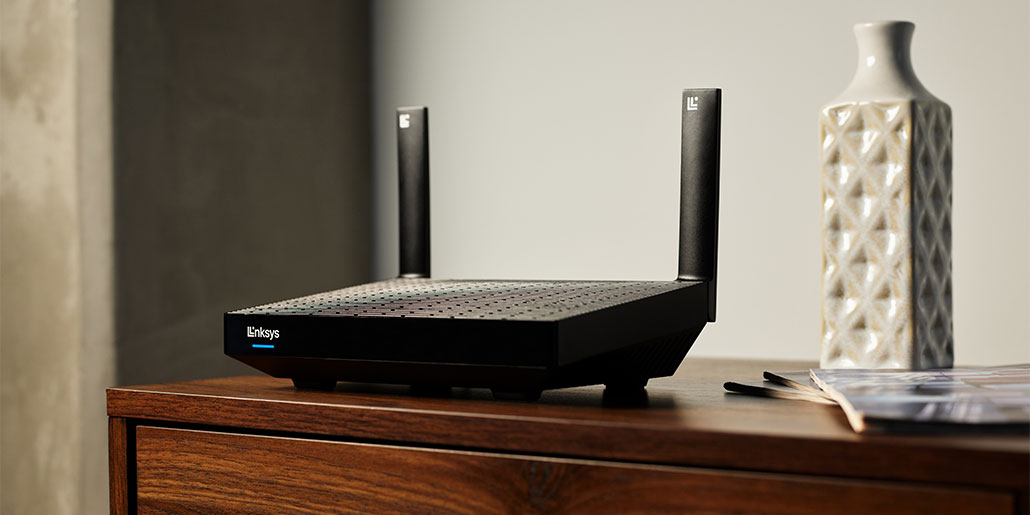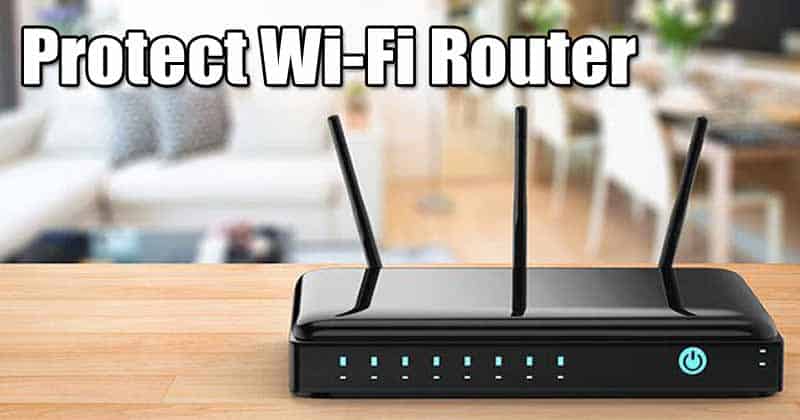Hello!
 Protecting your Wi-Fi router from local threats is one of the best ways to make sure that it stays secure. However, many people don’t know how to protect their routing devices and leave themselves vulnerable.
Protecting your Wi-Fi router from local threats is one of the best ways to make sure that it stays secure. However, many people don’t know how to protect their routing devices and leave themselves vulnerable.
In this blog post, we discuss the basics of securing a local IP address on a wireless router and protecting your home wireless network from local threats!
Keeping your router safe is critical. The good news is that these methods aren’t overly difficult or time-killing, and they will significantly lower your danger.
The only way to solve this problem is through your router’s settings, which you can typically access by using your web browser and entering the local IP of the Router or if you’re lucky, an app on your phone. If you’re not sure how to discover these options, check the router’s documentation or perform a quick internet search for the brand and model of your routing device.
Many individuals are unaware of the security concerns that these gadgets can pose unless they are properly safeguarded with a secure Wi-Fi network.
 We would never consider leaving our front door open, but leaving our Wi-Fi networks unprotected exposes us to the same safety risks.
We would never consider leaving our front door open, but leaving our Wi-Fi networks unprotected exposes us to the same safety risks.
Hacks are quick to take advantage of any security gap to launch a sophisticated assault. Hacking into your home network allows hackers to steal personal and financial data, spread viruses and malware, commit cyber-crimes from your device, and even conduct a Distributed Denial of Service (DDOS) attack.
Turn on WiFi Network Encryption
Encryption is a crucial way for securing your network’s data transaction. Encryption transforms your data or the content of a piece of information so that it is unreadable to intruders.
WPA2 type encryption is the most protected and secure way of encryption that may be used for your Wireless network. If you have older devices that are more than 10 years old, they may not support WPA2, making it critical to upgrade them for improved security and performance.
To verify if your routing device uses the WPA2 encryption method, look at the network configurations/settings and check the wireless properties. This will enable you to select the best encryption method when you join a WiFi-Network.
Use a VPN (Virtual Private Network)
 The first and most basic benefit of using a VPN is that you can communicate in private over an unprotected, unencrypted network. A VPN encrypts your information so that a hacker cannot see what you’re doing online.
The first and most basic benefit of using a VPN is that you can communicate in private over an unprotected, unencrypted network. A VPN encrypts your information so that a hacker cannot see what you’re doing online.
VPNs hide your identity and location by encrypting all of your internet traffic and then routing it through a server in an unknown country. This makes you appear to be using a computer from another location, such as when you connect to the web from a coffee shop or library. It can also be used on a laptop, smartphone, or tablet.
Keep your router software up to date
Given that most routers do not have the option of an auto-update, you should manually upgrade the software on your router to ensure that your home network is secure. The firmware in Wi-Fi devices, like any other program, might be vulnerable to hacking. Most routers do not include the ability for an automatic update, so you’ll need to manually.
Change default Password and Username
 The most critical thing you can do to protect your home Wi-Fi network is changing the default username and password to something more secure.
The most critical thing you can do to protect your home Wi-Fi network is changing the default username and password to something more secure.
Wi-Fi networks are often configured with the same username and password that subscribers used to register for their service. Hacking is made easier by these default passwords, which may be found online. They can alter the password to whatever they want, lock the owner out, and take control of the network if they gain access to it.
Changing the password and username makes it more difficult for hackers to figure out whose Wi-Fi network they’re connected to. Hackers have sophisticated tools that can test thousands of password and username combinations, so picking a strong password that incorporates letters, numbers, and symbols is critical.
Power off your WiFi when not at home
It may sound simple, but shutting off your home network when you’re not there is one of the most basic ways to preserve it from attack. Your Wi-Fi system does not need to be operational at all hours of the day and night. When you aren’t in your house, turning off your WiFi reduces the likelihood that opportunistic hackers will try.
Also read:
- What Is Google SandBox?
- How to Make Sure Your Business Stays Secure and Safe
- Top 5 Prevalent Digital Wallet Trends of 2025
Usage of Firewalls
 The majority of W-Fi routers will have a built-in network firewall that will safeguard home broadband connections and prevent attackers from causing harm. They’ll also include an option to be disabled, so make sure your home router’s firewall is switched on to provide another layer of protection for your house security.
The majority of W-Fi routers will have a built-in network firewall that will safeguard home broadband connections and prevent attackers from causing harm. They’ll also include an option to be disabled, so make sure your home router’s firewall is switched on to provide another layer of protection for your house security.
Wrapping UP
If you follow the above tips to protect your routing device and home network. We can assure you that your home network most likely will never be compromised. These tips are mostly used by tech enthusiasts (YouTubers, gamers, social media managers) to keep their computers safe from all possible threats.
Thank you!
Join us on social networks!
See you!






